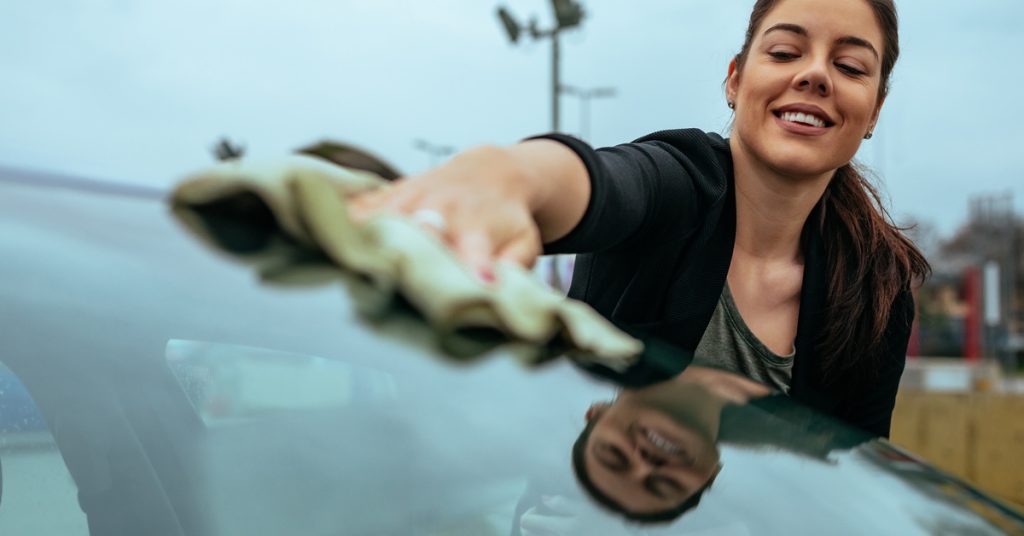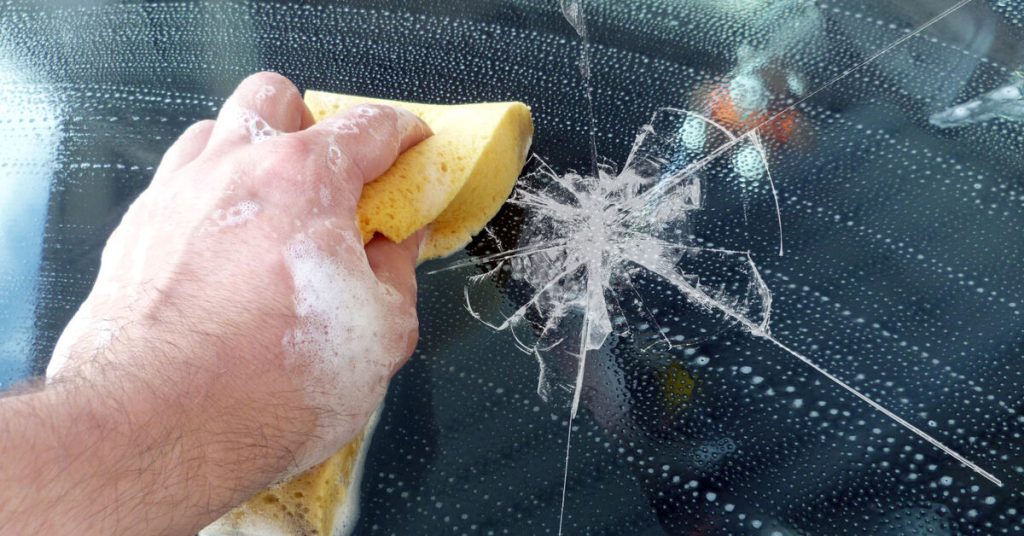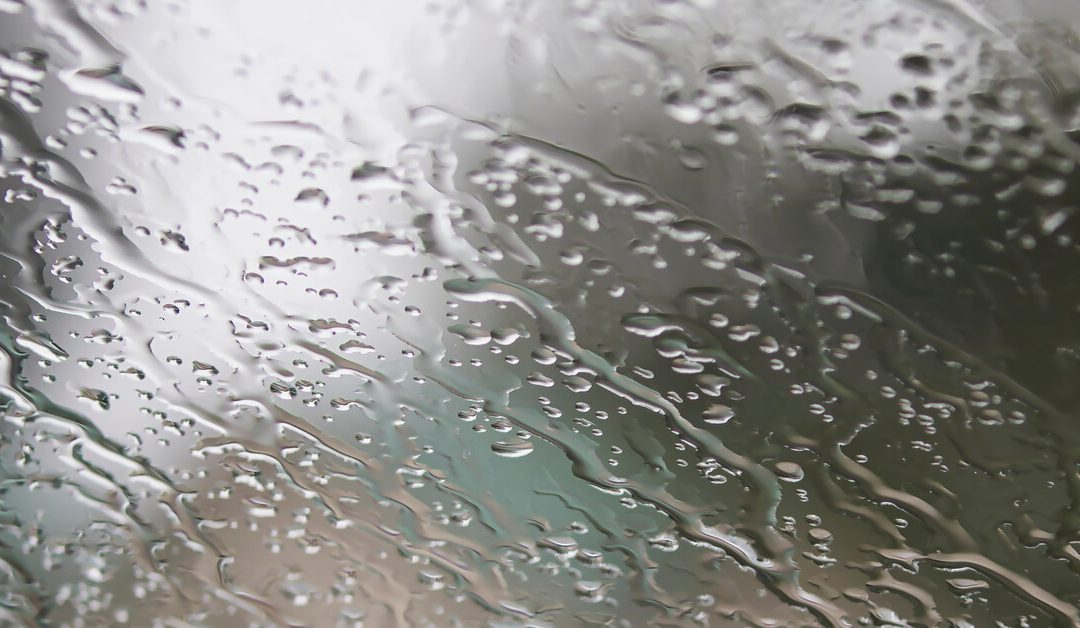Water spots can be pesky problems for car owners. They make your vehicle look less appealing and obstruct your vision while driving. If you’ve noticed these unsightly spots on your auto glass, don’t worry! This quick guide to removing water spots from auto glass will share tried-and-true techniques.
Understanding Water Spots on Auto Glass
Water spots form when minerals in water stay behind as the water evaporates. These deposits can come from rain, sprinklers, or even car washes. Once they dry up, they leave annoying spots that cloud your view through the glass. You should address water spots promptly; otherwise, they are difficult to remove and could damage the surface of the glass.
In some cases, mineral deposits can etch into the glass—especially when mixed with pollutants in the air—which can further degrade visibility. Therefore, regular maintenance and cleaning are necessary to prevent these stubborn stains and preserve the longevity and clarity of your auto glass.
Why Quick Action Matters
Addressing water spots quickly prevents them from scraping into the glass. When left untreated, water deposits can bond with the surface, making removal more challenging. Regular maintenance keeps your car looking great and supports clear visibility.
By taking immediate action, you can avoid the need for expensive professional treatments or potential windshield replacements in the future. Practicing routine care for your auto glass is an investment in both the aesthetic and lifespan of your vehicle.

DIY Solutions To Remove Water Spots
You don’t always need professional help to tackle water spots. With some household items, you can clean auto glass yourself!
Vinegar Solution
One of the most popular DIY remedies is a vinegar solution; the acidity of vinegar breaks down mineral deposits. Mix equal parts of white vinegar and water in a spray bottle, and spray it onto the affected area. Let it sit for a few minutes, then wipe the glass with a clean microfiber cloth.
Baking Soda Paste
Baking soda—a mild abrasive—is another effective household item for removing water spots. Make a paste by mixing baking soda with a small amount of water, and apply the paste to the spots, gently scrubbing them using a soft cloth. Then, rinse them off with fresh water and dry the area with a clean cloth.
Lemon Juice
If you prefer an even more natural approach, lemon juice is an excellent choice since the citric acid in lemons breaks down mineral deposits. Squeeze fresh lemon juice onto a rag, and apply it directly to the water spots. Dry those spots immediately after with a clean, dry cloth.
Professional Products for Stubborn Spots
Sometimes, DIY solutions aren’t enough for stubborn water spots. In such cases, specialized products can make a significant difference.
Glass Cleaner With Ammonia
Glass cleaners containing ammonia are highly effective against tough water spots, as they cut through grime and leave your glass spotless. For this option, it’s best to spray the cleaner onto the glass and wipe it off with a microfiber cloth.
Commercial Water Spot Removers
Several commercial products are ideal for water spot removal. They contain chemicals that dissolve mineral deposits and restore clarity to auto glass, so you must follow the manufacturer’s instructions for the best results.
Preventing Future Water Spots
Preventing water spots from forming in the first place helps you maintain the clarity and appearance of your auto glass. By incorporating some preventive measures into your regular car maintenance routine, you protect your vehicle’s windows and windshield. Consider these tips to minimize water spot formation:
Create a Cleaning Routine
Establish a cleaning routine for your car’s exterior. Washing your car frequently—especially after rain or exposure to sprinklers—reduces the likelihood of water spots forming.
Use a Quality Sealant
Applying a high-quality sealant to your auto glass creates a protective barrier. Sealants repel water, preventing mineral deposits from bonding with the surface. However, it’s important to reapply the sealant every few months for optimal protection.
Park Smartly
Whenever possible, park your car away from sprinklers and other sources of water. Also, find a sheltered parking space to protect it from rain. If you can’t avoid parking in the open, cover your vehicle with a tarp or car cover.

Dealing With Severe Water Damage
Untreated water spots can severely damage auto glass over time, especially in harsh environments. Hard water, rich in minerals and pollutants, can sit on the glass and cause etching and structural weakening. Plus, frequent exposure to sprinklers or unfiltered rainwater embeds more minerals into the glass.
Poor maintenance, like irregular cleaning or lack of protective treatments, worsens these issues and compromises the glass’s clarity and integrity. Prompt action prevents costly repairs and maintains your vehicle’s safety and appearance.
In some cases, you might need help from automotive pros. Here are signs it’s time to seek professional auto glass repair:
Deep Etching
If water spots have etched deep into the glass, DIY methods may not be effective. Deep etching can result in permanent damage that affects visibility and safety. A professional can assess the extent of the damage and recommend next steps.
Extensive Coverage
When water spots cover a large area, attempting to remove them yourself may be time-consuming and ineffective. Luckily, professionals have the tools and expertise to handle extensive coverage.
Visible Scratches
If you notice visible scratches or surface imperfections on automotive glass, seek professional help. Ignoring these issues can compromise the structural integrity of the glass.
Getting Professional Help
When considering professional auto glass repair, choose a reputable service provider, such as Fusion Windshield Repair. Look for companies with experience in glass restoration and repair. Reading customer reviews and asking for recommendations can help you make an informed decision.
Also, check if the service provider offers warranties for their work so you have coverage in case issues arise after the repair. Ask questions about the materials and techniques they use; high-quality materials can make a significant difference in the longevity and safety of the repair work.
Maintaining Auto Glass in the Long Run
To enjoy clear and spotless auto glass, regularly inspect it for water spots or damage. By addressing issues promptly and preventing water spot formation, you’ll keep your car looking its best and stay safe on the road.
Additionally, consider creating a schedule for applying glass protectants and replacing windshield wipers to prevent streaks and scratches. Taking a proactive approach not only preserves the aesthetic appeal of your vehicle but also extends the lifespan of auto glass!
Removing water spots from auto glass is essential for maintaining the appearance and functionality of your vehicle. By following this quick guide, you can prevent water spots from lingering. Remember, a little maintenance goes a long way in preserving the value of your car.


Recent Comments